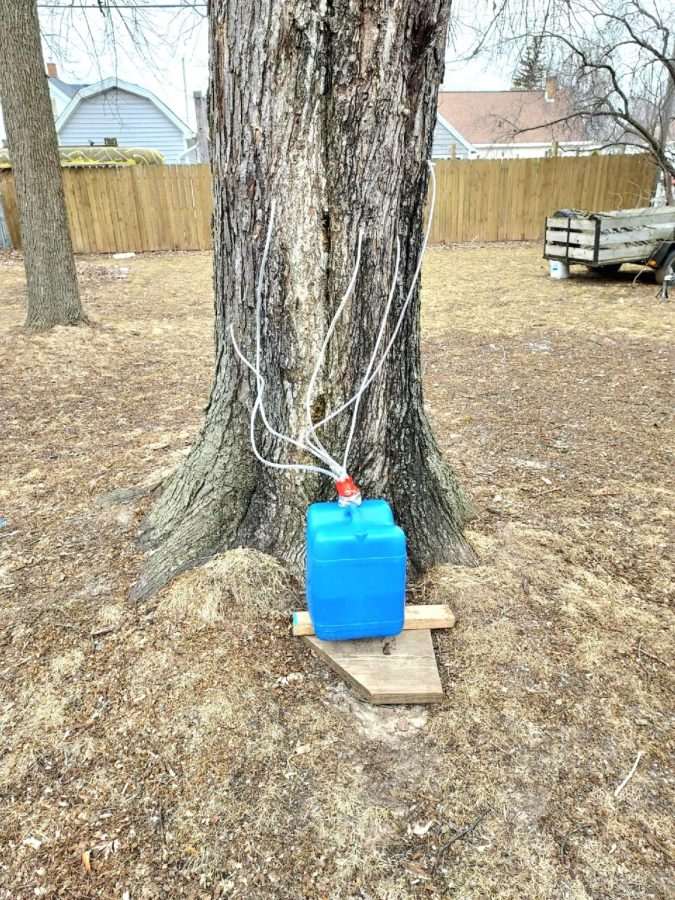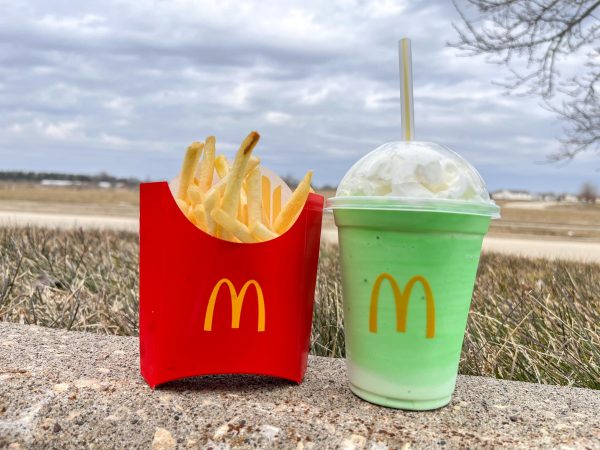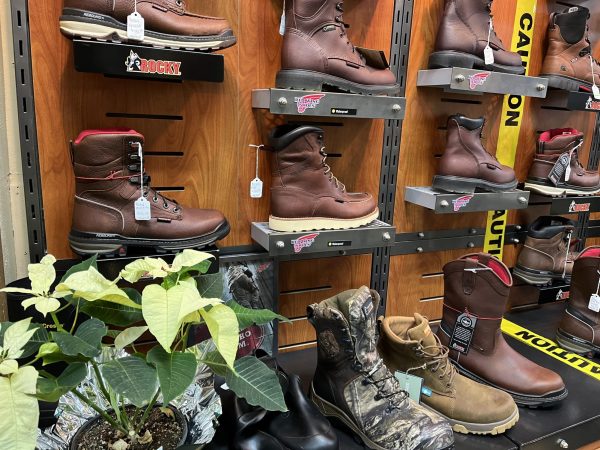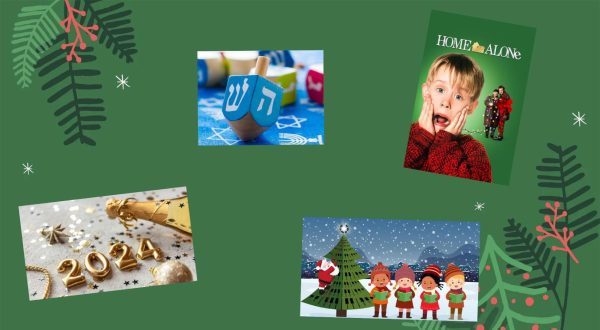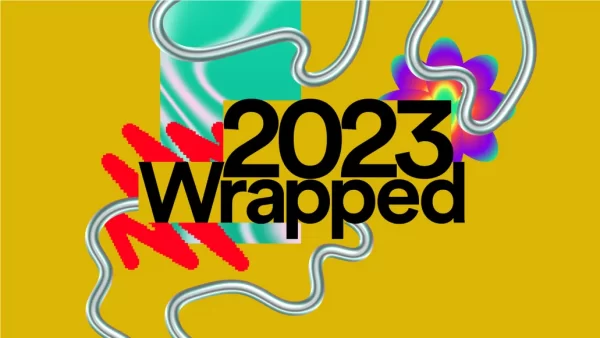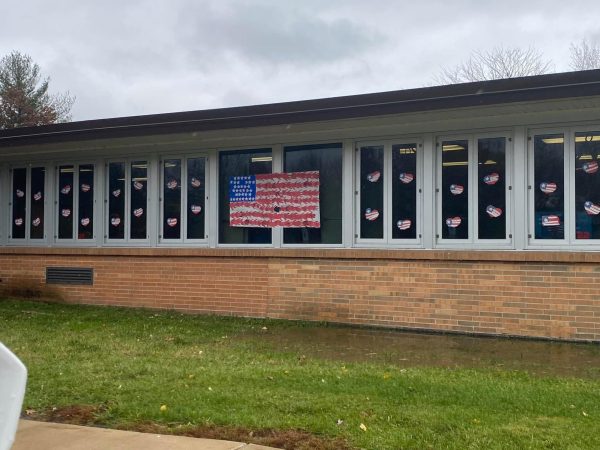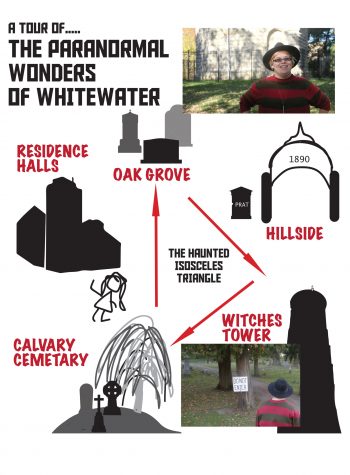Wisconsin syrup coming soon
April 3, 2022
Tap. Tap. Tap. Did you hear that? That was the sound of hundreds of thousands of Wisconsin maple trees being tapped for their delicious and sugary sap. The trees are ready and waiting to be harvested of their juices and then prepped and prepared to be sold to the general public this spring and summer. The tree tapping to harvesting process takes not only patience, but a general love of making that delectable sticky substance using your very own backyard trees.
It can be difficult to tell exactly which type of tree to tap. Wisconsin has around 30 different species of trees native to the state. Wisconsin’s state tree, the sugar maple (Acer saccharum) is the specific one to be searching for. It can be easy to misidentify a sugar maple with a red maple tree, especially in winter when there are still no leaves to identify them by. One great way to be absolutely sure is to have on hand a Wisconsin tree identification guide or even just your phone to search up a photo or two before beginning the tapping process. While there are a variety of other trees that can be tapped as well, such as silver maples and box elders, their sap to syrup ratio is much higher compared to that of the sugar maple which already takes 40 gallons of sap for 1 gallon of maple syrup.
The best time of year to begin tapping your trees is between late January and late February. Whenever the Wisconsin weather decides to keep the temperature below 15 degrees fahrenheit. If you were to attempt to tap any earlier than that, then your drill could unfortunately crack the wood in the tree. An easy how-to on tapping trees involves drilling a two inch hole at an upward angle in the tree. The south side of the tree under a large branch is usually what is suggested for the perfect flow. Take a rubber mallet or hammer and tap in the ‘spile, ’ a small wooden or metal peg into the tree. Then take your collection container and hang it to the spout to finish.
There are numerous how-to videos online as well that show step by step instructions to ensure the perfect tap each time.
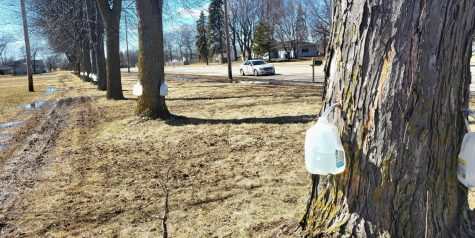
While there are numerous professional tapping setups used all over the state there are just as many Wisconsinites who have jerry-rigged up their own setups using their own odd and end materials such as recycled milk jug containers to create their perfect sap-catching station.
The sap will eventually begin to gravitate into the containers once the weather reaches temperatures above freezing. Usually by the end of March to the beginning of April is when it is time to collect all the sap and cook it down into syrup. Considering sap is 98% water and only 2% sugar is why it takes so much of the substance to be boiled down into that sweet maple syrup.
Once the syrup is boiled it is ready to be placed in a variety of different containers of your choosing. The mason jar is a classic while an old maple syrup jug also makes for the perfect recycled item to hold that precious sugar-solution.
It won’t be long until freshly-made natural maple syrup will be popping up all over our farmers markets and around town here in Whitewater.
To learn more about how to identify a sugar maple tree visit https://www.youtube.com/watch?v=s_5_zP8Ob98.
To learn more on how to tap a tree visit https://www.youtube.com/watch?v=o6B_5Qz_gpc.


